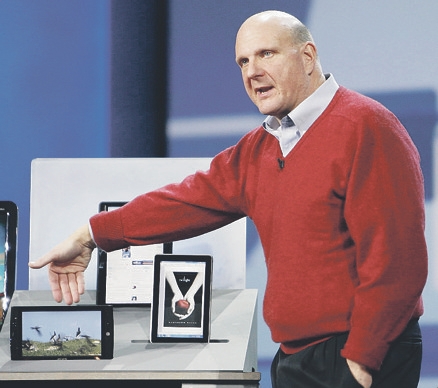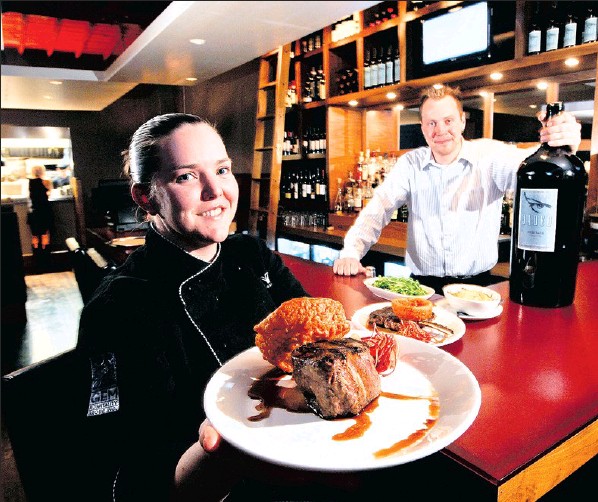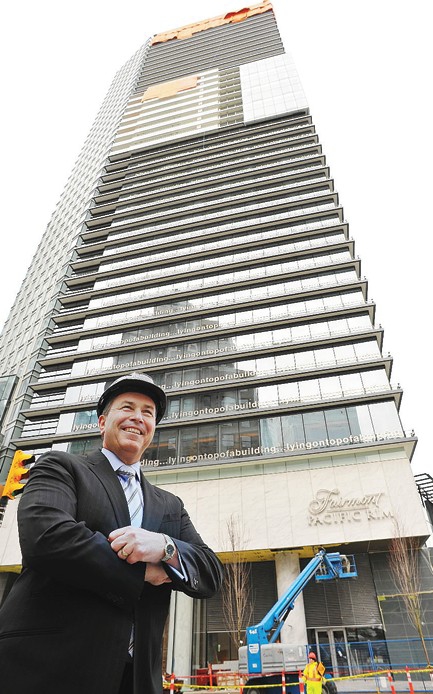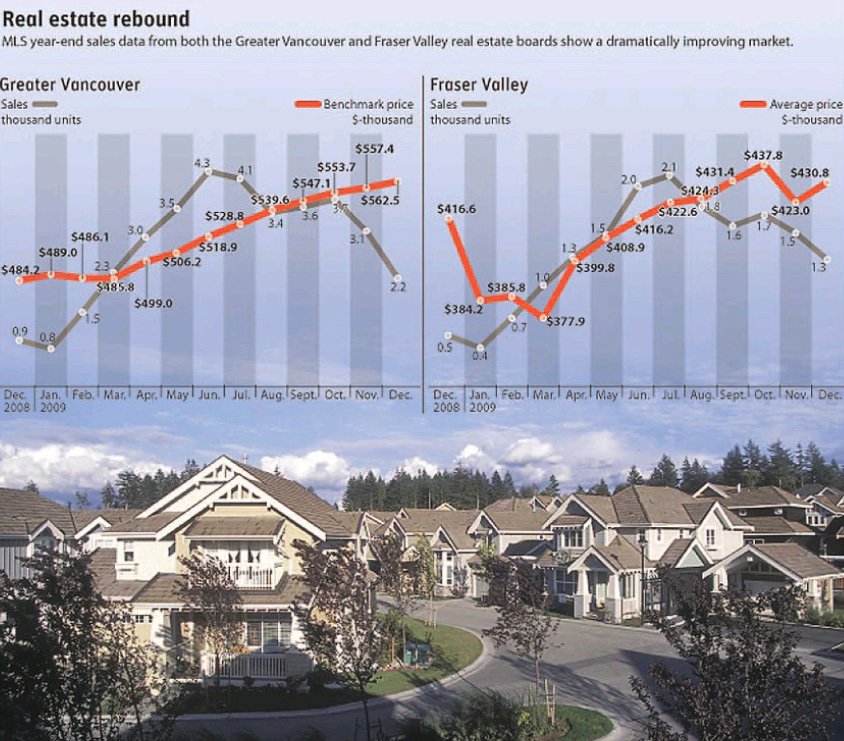Technology companies vying for attention with tablets/slates ahead of Apple announcement
Gabriel Madway
Sun

Microsoft Chief Executive Steve Ballmer unveils a new Hewlett-Packard tablet computer, beating Apple’s anticipated move into the market. Photograph by: Reuters
Call it a “slate” or call it a ” tablet,” the technology world is suddenly awash with a novel category of mobile devices seeking to grab the spotlight from a hugely anticipated product launch by Apple Inc. later this month.
Hewlett-Packard Co., Dell Inc., Motorola Inc. and Lenovo Group Ltd. are among the companies showing off thin, touchscreen computing devices at the Consumer Electronics Show in Las Vegas this week.
These new portable gadgets are chock full of multimedia and web-browsing capabilities, aiming to win over consumer hearts by bridging the gap between smartphones and laptops.
They are jockeying for attention ahead of Apple’s widely expected announcement of a 10-to 11-inch tablet computer on Jan. 27, which could redefine the category much as the iPhone did for phones.
“There’s going to be tablets of every form and kind coming,” said Jen-Hsun Huang, chief executive of Nvidia Corp., whose graphics chips are found in many multimedia gadgets.
Huang said a number of new devices based on Nvidia’s Tegra chip are forthcoming and called 2010 the beginning of a “tablet revolution.”
What’s unclear is whether any of these devices, including Apple’s, can convince consumers to open their pocketbooks at a time when the economy is just beginning to stabilize and the pace of recovery is yet uncertain.
“How do you make them usable and at a price point people will pay, which I suggest is sub-$500,” asked Kim Caughey, senior analyst at fund manager Fort Pitt Capital Group.
The distinction between a slate and tablet at this point seems semantic.
Motorola demonstrated a prototype “media tablet” with a seven-inch screen that runs on Google Inc’s Android operating system, and has room for 32 gigabytes of external memory. It can stream movie trailers from the Web, as well as download and store video to watch later.
Motorola said the device could sell for around $300 and be ready commercially by the fourth quarter, but any launch would depend on the successful deployment of an advanced mobile network by Verizon Wireless.
Microsoft Chief Executive Steve Ballmer showed up with a larger slate by Hewlett-Packard but did not give any details on when it might hit stores, while Dell said it could bring a five-inch slate to market this year.
“The tablet phenomenon is an opportunity,” said Robbie Bach, head of Microsoft’s entertainment and devices unit, touting a wide variety of functions that tablets could support, from videos to web-browsing.
“The truth is those [different types of screens] are all going to blend at one level. Over time, the distinction between screens from the user perspective, that’s going to blur a little bit.
“The service delivery is going to be critical.”
© Copyright (c) The Vancouver Sun








